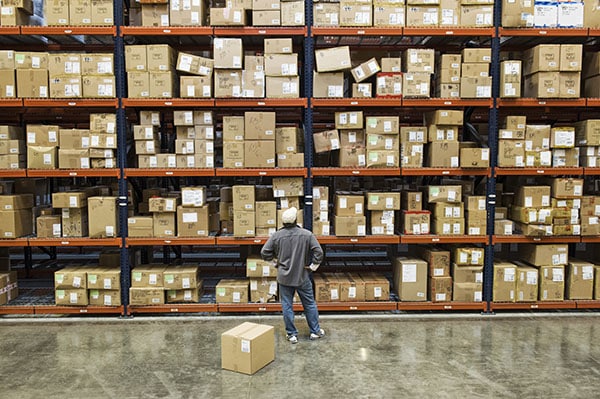Intro
Low-volume production is gaining more popularity across the market. People will often use 3D printing to make low-run batches of units before committing to full-scale production. But, what is low-volume production, why is it so popular, and what are common uses for this style of manufacturing? We’ll cover all these questions in this piece all about low-volume production.
What Is Low-Volume Production?
Let’s start with a definition, first. Low-volume production is when something is manufactured in smaller batches than mass production. More specifically, a production run between 50 and 100,000 units.
More than that would be considered “high-volume production”, and it’s common for the same item to be made hundreds of thousands or millions of times.
The Benefits of Low-Volume Production
There are a number of advantages of using low-volume production. Here are some of the major ones.
Reduced Inventory Requirements
When you’re not making as many units, you don’t have to store as many in your warehouse. It can also be used in just-in-time (JIT) manufacturing. As customers purchase products, they’re made and shipped out as opposed to stored on a shelf.
Faster Turnarounds
When you talk about low-volume production, faster turnarounds are the standard. Since it’s more flexible, you could get a low-volume part 3D printed within 24 hours of the request being made.
Comparatively, designing, making a mold, and manufacturing through injection molding could take months.
Better Quality Checks
Since fewer items are being made, it’s easier to perform quality checks on all outgoing products. For high-volume parts, the quality checks are typically shortened or ignored altogether.
As a result, you’ll see fewer defects on low-volume production parts.
If you find a mass-produced part that’s defective, it’s probably too late. The tooling has already been paid for and made, which means a lot of money and time was just wasted.
Highly Flexible Designs
For prototypes or proof-of-concept parts, low-volume production is the only method. This gives you the design flexibility to test out a design before pulling the trigger on a mass-production run.
With 3D printing specifically, the design can be iterated, printed, and tested multiple times in a short window of time.
Typical Uses for Low-Volume Production
After learning about the benefits, you might want to know some specific cases. There are actually a lot of different uses for low-volume production.
Making Prototypes
First and foremost, this method of manufacturing is used to make prototypes. This could apply to any industry or application. When something needs to be proven, a prototype is typically made first to test the theory and double-check the size and fit of the design.
Prototypes can be made and remade until the part is completed and ready for high-volume production.
Creating Customized Pieces
For unique processes, it’s often hard to find off-the-shelf items that will work. This is where low-volume production comes in.
You can make your own small inventory of customized pieces to use in your operation. Since you’ll be designing it, you can ensure it hits all the criteria for your process.
Since you’re using low-volume production, the price will be a lot lower than if you went for a mass-produced part. Plus, there’s no need to mass-produce something you’re using in-house, so low-volume production is the go-to.
Trial and Error Before Mass Production
When you’re bringing a new product to market, you need to do a lot of testing on it beforehand. Things like stress tests, fitments, and market research can all be done with a low-volume production part.
This is a nice intermediate step. As we mentioned, high-volume production comes with a lot of upfront costs and requires a commitment for hundreds of thousands of units without any alternations.
During your low-volume run, you can make all the necessary changes while proving out the concept and performing all the tests. It’s a good way to save a ton of money and time.

Conclusion
At this point, you’re a low-volume production expert. As you can see, there are a lot of great benefits and uses for this manufacturing option. Since it’s so versatile, you probably have a project that can benefit from low-volume production. If you want to get started or have any more questions, reach out to our manufacturing experts at Rapid Axis. We have the expertise and tooling to help you achieve your low-volume production needs.

